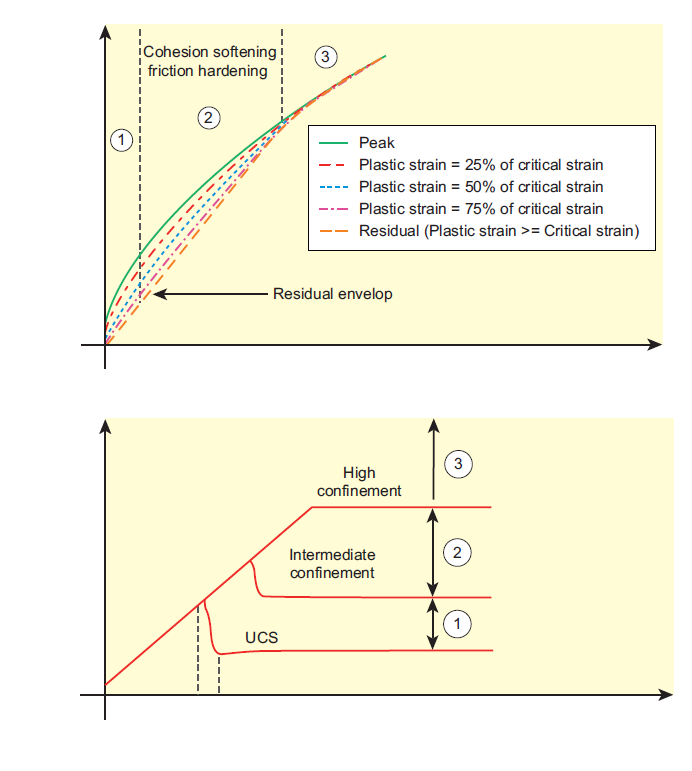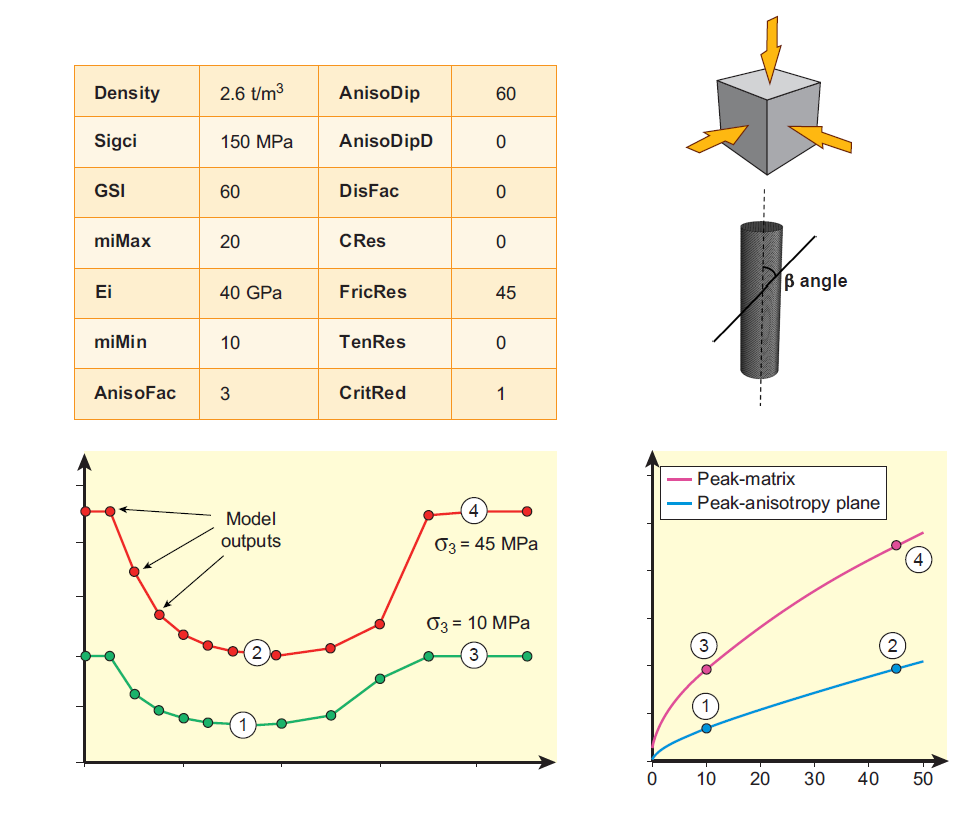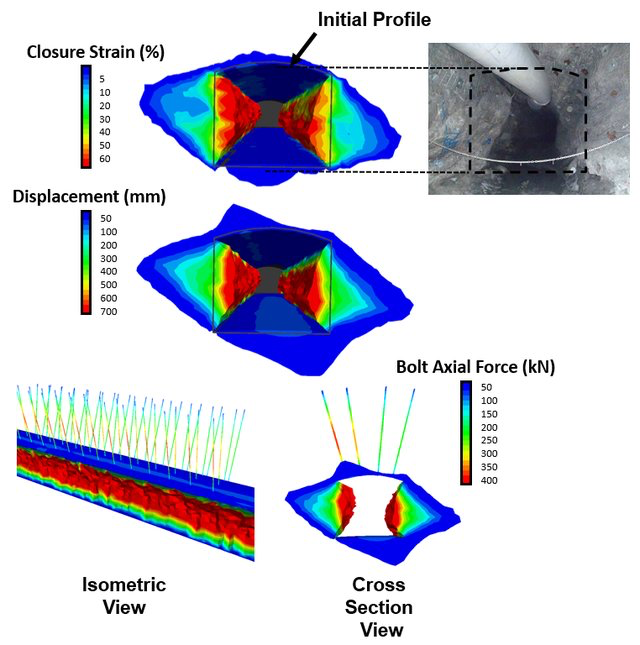Vakili, A. 2016, An improved unified constitutive model for rock material and guidelines for its application in numerical modelling, Computers and Geotechnics, Volume 80, December 2016, Pages 261-282, ISSN 0266-352X, http://dx.doi.org/10.1016/j.compgeo.2016.08.020.(http://www.sciencedirect.com/science/article/pii/S0266352X16301884).
Sweby, G, Dight, P & Potvin, Y 2016, ‘A numerical modelling case study - correlation of ground support instrumentation data with a three dimensional inelastic model’, Ground Support 2016: Eighth International Conference on Ground Support in Mining and Underground Construction / Lulea Sweden.
Roache, B. 2016, ‘Mining in extreme squeezing conditions at the Henty mine’, Ground Support 2016: Eighth International Conference on Ground Support in Mining and Underground Construction / Lulea Sweden.
Watson, J.M., Vakili, A. and Jakubowski, M., 2015. Rock strength anisotropy in high stress conditions: a case study for application to shaft stability assessments. Studia Geotechnica et Mechanica, 37(1), pp.115-125.
Vakili, A, Albrecht, J & Sandy, M 2014, ‘Rock strength anisotropy and its importance in underground geotechnical design’, Proceedings of the Third Australasian Ground Control in Mining Conference (AusRock 2014), The Australasian Institute of Mining and Metallurgy, Melbourne, pp. 167‐180.
Mahabadi, O.K., Cottrell, B., Vakili, A. and Pitman, W. (2014). Numerical simulation of a shaft and loading pocket developed through squeezing talc-ultramafics. DFNE 2014. October 2014, Vancouver, Canada.
Vakili, A 2017, 'The improved unified constitutive model: a fine-tuned material model tailored for more challenging geotechnical conditions', in J Wesseloo (ed.), Proceedings of the Eighth International Conference on Deep and High Stress Mining, Australian Centre for Geomechanics, Perth, pp. 387-400. (https://papers.acg.uwa.edu.au/p/1704_27_Vakili/)
Talebi, R; Roache, B; Vakili, A; ,Understanding and Modelling Squeezing Ground Conditions at the Ballarat Gold Mine,,,,,,
Styles, TD; Vakili, A; ,Slope Angle Versus Slope Height–The Basis of an Empirical Tool for Slope Design Within Fractured Rock Masses using IUCM,ISRM International Symposium-EUROCK 2020,,,,2020,International Society for Rock Mechanics and Rock Engineering
Ford, A; Lucas, D; Vakili, A; ,Validation of the improved unified constitutive model for open pit applications,Proceedings of the 2020 International Symposium on Slope Stability in Open Pit Mining and Civil Engineering,,,953-968,2020,Australian Centre for Geomechanics
Lucas, D; Vakili, A; Hutchison, BJ; ,Three-dimensional numerical modelling for successful design of steep slopes at the Kanmantoo copper mine,Proceedings of the 2020 International Symposium on Slope Stability in Open Pit Mining and Civil Engineering, Australian Centre for Geomechanics, Perth,,,1083-1096,2020,
Watson, Julian Matthew; Vakili, Abouzar; Jakubowski, Mateusz; ,Rock strength anisotropy in high stress conditions: a case study for application to shaft stability assessments,Studia Geotechnica et Mechanica,37,1,115-125,2015,Sciendo
Vakili, A; Harvey, F; Greaves, H; ,Forecasting mine seismicity–towards a more established methodology,The Fourth Australasian Ground Control in Mining Conference. Sydney, NSW,,,207-222,2018,




